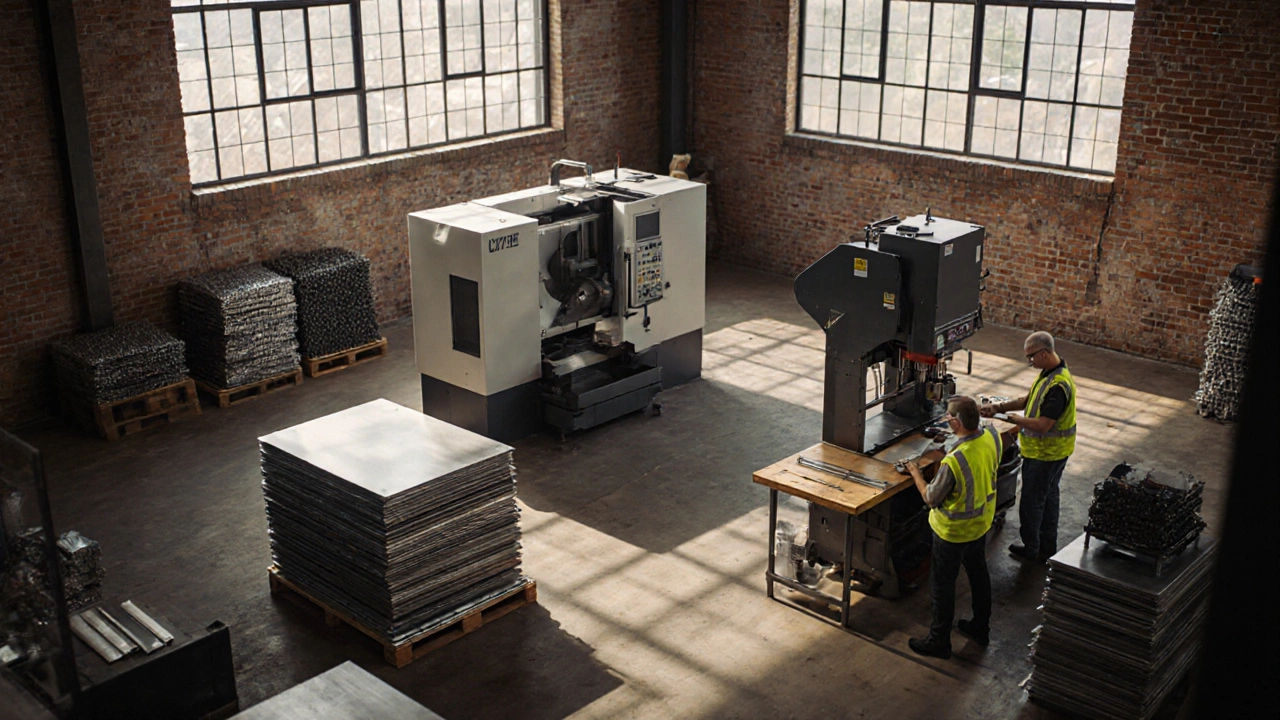Manufacturing Business Budget: Plan Costs, Cut Waste, and Grow
When talking about manufacturing business budget, the total plan for allocating money to every step of a production operation, most people focus only on raw material prices. But the budget also includes small factory cost, expenses like land, machinery, permits, and initial labor, and the hidden loss from lean manufacturing waste, inefficiencies such as over‑production, waiting, and excess inventory. Good budget planning, the process of forecasting and controlling expenses ties all these pieces together, turning a chaotic spreadsheet into a clear roadmap for profit.
Why a Real Budget Beats Guesswork
A solid manufacturing business budget does more than list costs – it sets the stage for smart decisions. First, it encompasses every cost element, from raw material purchase price to the energy bill of running a CNC machine. Second, it requires a clear cost analysis, meaning you break down each expense, assign it to a cost centre, and track it month over month. Third, it enables you to spot where lean manufacturing waste is eating profit, so you can apply tools like 5S or Kaizen to shrink that waste.
Take a typical small‑scale textile unit in Mumbai. The budget will show land lease (₹2 lakh/month), loom purchase (₹15 lakh amortised), labour wages (₹4 lakh), and utilities (₹1 lakh). If the owner ignores the hidden “waiting” waste – machines idle because fabric isn’t cut on time – that idle time can cost another ₹0.5 lakh each month. By adding a simple waste‑audit line to the budget, the owner can see the impact instantly and take action, such as adjusting the cutting schedule.
Another common blind spot is over‑production. When a factory builds more units than the market can absorb, inventory piles up, tying up cash and space. A budget that includes a forecast of sales volume and a safety‑stock policy helps avoid that trap. The result? Less money locked in warehouses and a smoother cash‑flow cycle.
Tools matter, too. Spreadsheet templates give you a start, but dedicated budgeting software can auto‑link cost categories, generate variance reports, and alert you when a line item exceeds its limit. Pairing that software with lean‑thinking checklists creates a feedback loop: the budget highlights a problem, lean tools solve it, and the updated numbers prove the win.
When you plan your budget, think of it as a living document. Update it whenever you add a new machine, negotiate a new supplier contract, or launch a new product line. This habit keeps the budget aligned with reality and prevents the dreaded “budget surprise” at year‑end.
All of this ties back to the bigger picture of cost efficiency. By treating the manufacturing business budget as a strategic tool, you’ll see the connections between cost analysis, waste reduction, and profit growth. The posts below dive deeper into each of these topics – from a step‑by‑step guide on small‑factory cost breakdown to real‑world examples of eliminating the biggest waste in manufacturing. Browse them to get actionable tips you can apply right away.
How Much Money to Start a Manufacturing Company? 2025 Cost Breakdown
Learn the real costs to start a manufacturing company in 2025, from equipment and premises to labor and compliance, plus funding tips and a sample budget checklist.
Read More




